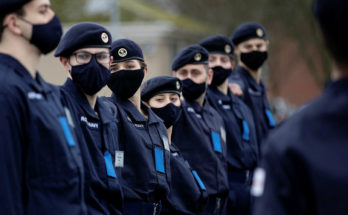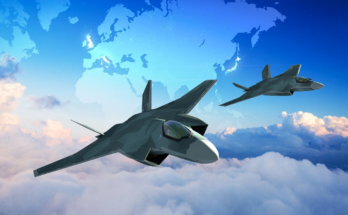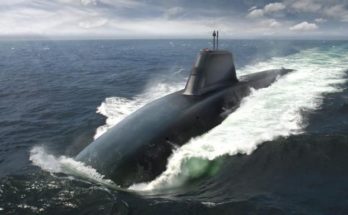
Keynote: Adm. Sir Keith Blount, Deputy Supreme Allied Commander, NATO
NATO Deputy Supreme Allied Commander (DSACEUR) Adm. Sir Keith Blount delivered a keynote speech for DSEI on Wednesday. DSACEUR Blount offered an outline of NATO’s strategic doctrine developments and adaptations in the wake of the war in Ukraine.
NATO’s strategic shift began not on February 24, 2022, as some might imagine, but in February of 2014, when Russian forces annexed the Crimean Peninsula. The rapid occupation and near bloodless takeover of the strategic peninsula was a wake-up call for both NATO and Ukraine. The event shaped the international understanding of Russian intentions in Eastern Europe and marked one of the most significant territorial changes by force in Europe since the Second World War. DSACEUR Blount acknowledged that after the Cold War, NATO’s priorities shifted to primarily anti-terror and counter-piracy missions; however, as great power competition returns to the Euro-Atlantic theater, NATO is looking to adapt to the times.
This new reality has not stalled the Alliance, however – quite the contrary. The crisis in Ukraine has given NATO renewed life and purpose, with the DSACEUR touting its new multi-layered strategic consensus, which he called the first of its kind in decades. The Ukrainian War was the impetus to the accession of Finland, and hopefully Sweden, and unified the body’s members in common purpose.
A key pillar of NATO’s new strategic focus is an emphasis on direct relationships with industry. As Ukraine has proven, conventional warfare is very much alive in the modern world, as is the need for the mammoth supplies of ammunition, weapons, and equipment necessary to conduct it. In the future, NATO hopes to operate as a single partner to industry rather than 31 individual buyers. Procuring Alliance-standardized equipment would be a significant step towards improved interoperability, allowing NATO to function more seamlessly. The Alliance is also moving toward more technically advanced systems, encouraging industry partners to become more aligned to the coalition’s needs.
The Alliance’s Dynamic Messenger 22 exercise a year ago was the first operational experiment in integrating uncrewed systems of varying degrees of maturity. Beyond this, the establishment of NATO’s new Innovation Fund, a venture capital account used to acquire and develop cutting-edge disruptive technology, ideally will incentivize new development in the body’s favor. Proposed targets for the Innovation Fund include exciting technology like artificial intelligence (AI), quantum, hypersonic missiles, biotech, and human enhancement capabilities.
Tom Freebairn is a weapons analyst with Military Periscope covering naval affairs and maritime systems. He pursued an undergraduate degree in International Relations and Modern History, followed by a master's in Middle East, Caucasus, and Central Asia Security Studies from the University of St. Andrews. His master's thesis focused on the relationship between oil and separatist politics in Northern Iraq. Tom's interests include the politics of energy, ethnic separatism, the evolution of naval warfare, and classical history.




